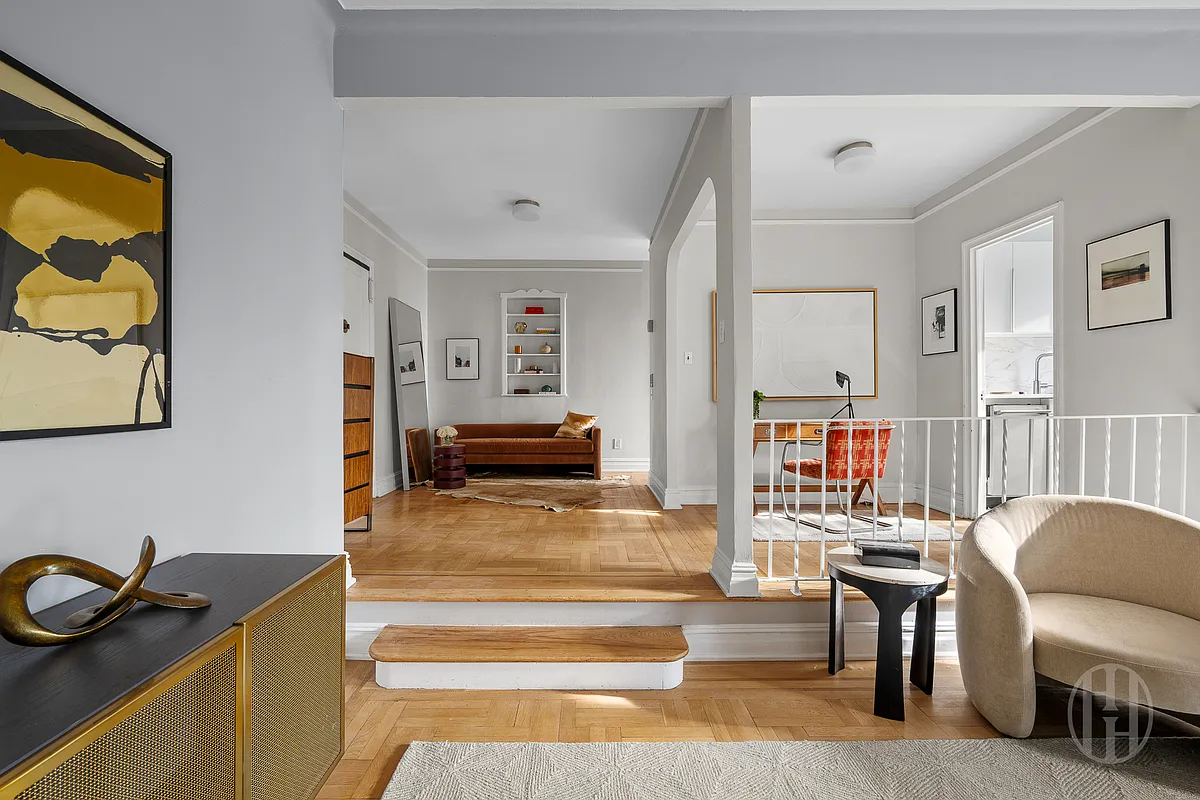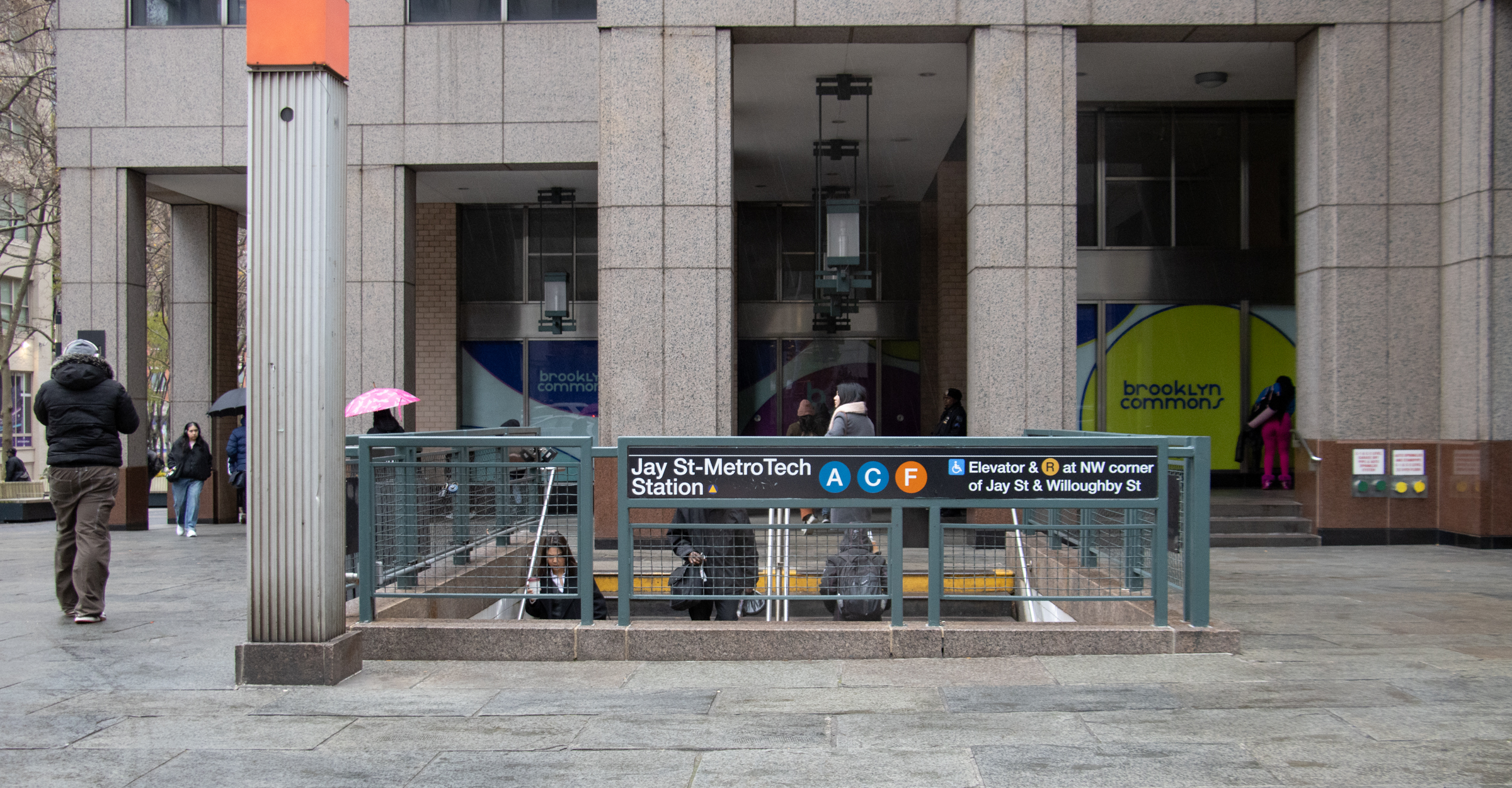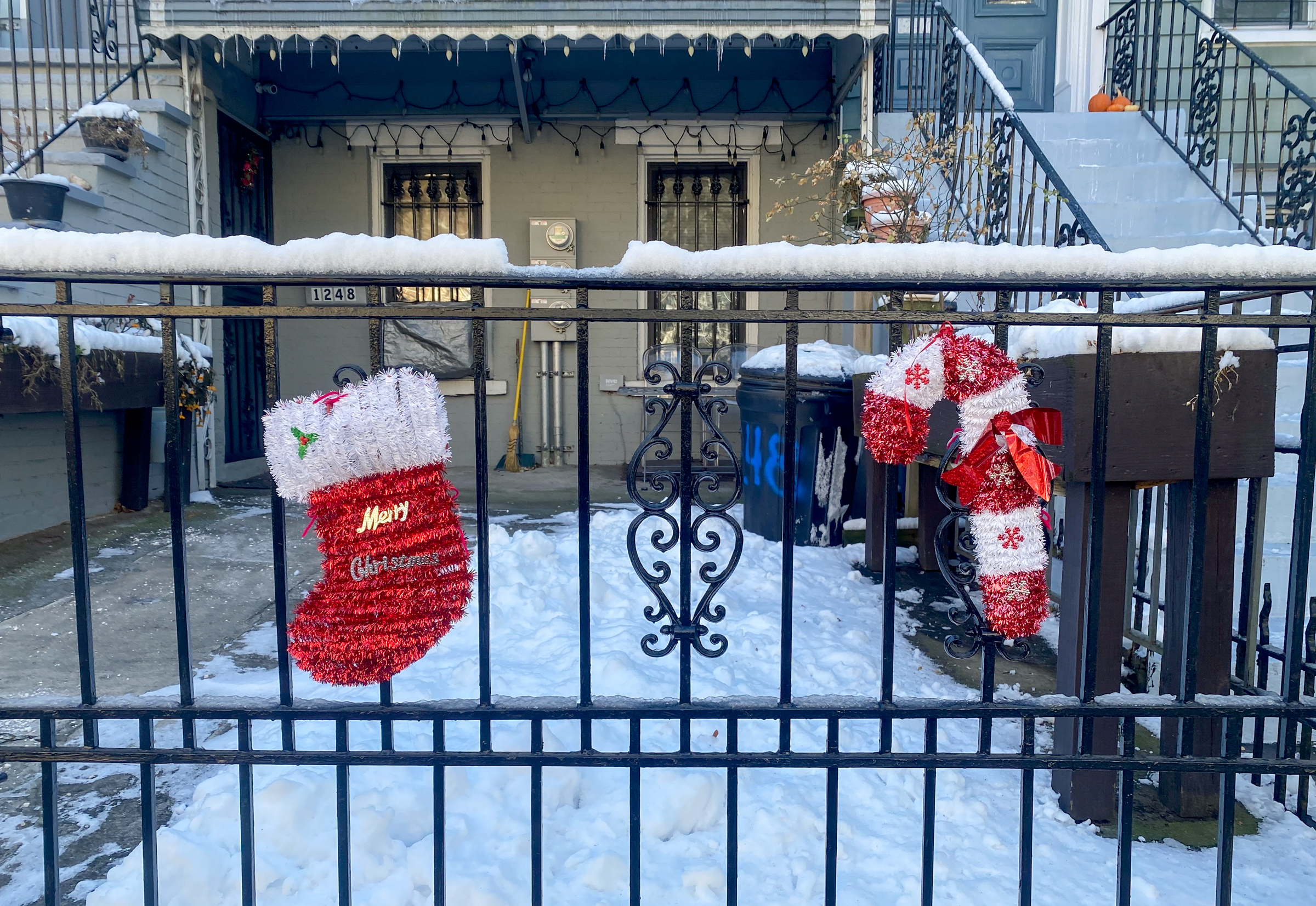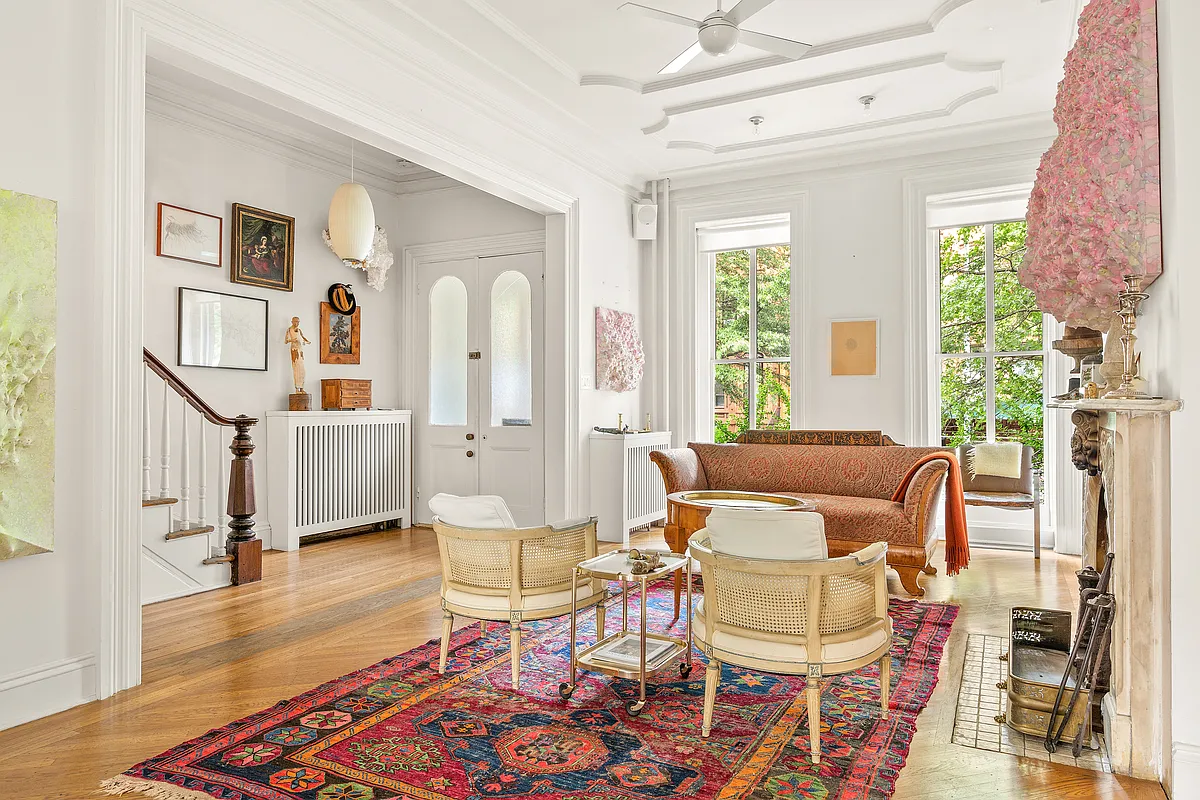Building of the Day: 49-91 Chauncey Street -- Class With a Park View
Brooklyn, one building at a time. Name: Row houses Address: 49-91 Chauncey Street Cross Streets: Lewis and Stuyvesant avenues Neighborhood: Stuyvesant Heights Year Built: 1900-1901 Architectural Style: Transitional Queen Anne/Renaissance Revival Architect: Charles Infanger & Sons Other works by architect: Row houses and other buildings in Bedford Stuyvesant, Crown Heights North, Stuyvesant Heights, Park Slope, Williamsburg,…
Brooklyn, one building at a time.
Name: Row houses
Address: 49-91 Chauncey Street
Cross Streets: Lewis and Stuyvesant avenues
Neighborhood: Stuyvesant Heights
Year Built: 1900-1901
Architectural Style: Transitional Queen Anne/Renaissance Revival
Architect: Charles Infanger & Sons
Other works by architect: Row houses and other buildings in Bedford Stuyvesant, Crown Heights North, Stuyvesant Heights, Park Slope, Williamsburg, Flatbush and Prospect Heights.
Landmarked: Yes, part of Stuyvesant Heights Historic District (1971)
The story: Would that more developers followed the example of this group.
In 1900, architect Charles Infanger designed this group of 22 houses for three developer/owners. William A. Sager, John J. Kever and Isabelle M. Butcher owned more than half of the plots on this block of Chauncey, now prime land overlooking Fulton Park. Instead of all going their own way, perhaps with different architects, they opted for a unified grouping.
The resulting group is a great combination of facades and materials, creating a strong and beautiful presence on this block.
Infanger, who was trained as a mason in his native Germany, was a master of stone. His buildings, scattered throughout Brooklyn, were constructed between his arrival in America in the early 1880s and his retirement in the late teens.
All show his love of stone, which is certainly evident here in the way he uses color and texture to create what are really rather simple houses for the day. There isn’t a lot of extraneous ornament here.
His ornamentation comes in the use of stone blocks as checkerboards, and the play of the alternation of brownstone and limestone, flat and bay fronts, rough and smooth stone.
Google Maps
This block of Chauncey Street had been hiding behind stables and a coal yard on Fulton Street, a block away. Four wood-framed houses on the Lewis Avenue side were the only real development on the block as seen in an 1888 map.
1888 Sanborn insurance map, New York Public Library
The rest of the land belonged to the Prosser family, which owned much the neighborhood. They began selling it off for development at the end of the 19th century. Nos. 83 and 85 Chauncey replaced a large carriage house for one of the Prosser estates, on Stuyvesant Avenue.
When the Brooklyn city fathers decided to put Fulton Park here in the late 1890s, they met with great resistance, as the people facing the park were going to be charged extra taxes for their park view.
But in spite of that, the planned park spurred the development of these houses, as well as the two-story limestones closer to Stuyvesant Avenue. It greatly increased the value of the homes, even as the park was still under construction.
Christopher Bride for PropertyShark
The 22 houses were completed in 1901, and sold rapidly. The park land was acquired in 1902 and worked on for a few years, with the crown of the park — the comfort station — completed in 1910.
The homeowners were upper-middle-class folk with many different occupations. Many of them were on the social register, and summered in their cottages upstate or on Long Island.
Several of them were involved in newsworthy marital drama, which must have made living on the block around 1910 quite interesting. Who needs theater when your neighbors are providing it? Those stories have to wait, but will be told in an upcoming Walkabout.
Christopher Bride for PropertyShark
Over the years, the houses on this block have remained beautiful, even though the city more or less abandoned the park during the bad decades of the ’60s through ’80s. But now, after much care and much expense, it is once again one of Brooklyn’s finest small parks, popular with old and new residents.
Photo: Suzanne Spellen
Many people know that the great African-American actress and singer Lena Horne grew up on Chauncey Street and automatically assume it was this block, since it’s so classy, like her. This was not her block. She lived up the street at 189 Chauncey, between Malcolm X and Patchen. But that, too, is a story for another time.
Top photo: Christopher Bride for PropertyShark; below: Google Maps












I lived in one of the limestone faced homes on this block for just shy of 8 years, and I departed for somewhere much nicer about 2 years ago. The homes were very poorly built, the party-walls were so thin that you could hear someone in the house next door louder than if they were in the same room as you. The details were absolutely beautiful though, the mantels, the inlaid flooring, the original pocket doors, the built-in shutters, and there was even one remaining brass gas lamp, with a fish as the burner, and a fish-tail as the switch. On the one hand, there were several professional, well-educated, and wonderful families, there were also many people you could tell were in there on section-8, as they lived in cramped quarters with their ever-expanding broods, and constantly recurring cast of the many and increasing fathers. Gun violence was always present, and somehow kept increasing, and I did once see someone die from my window. My partner was almost shot during another incident. Bed-Stuy is so beautiful, and Stuyvesant Heights is truly its jewel. I am glad I was able to leave though, because the constant crime really wore on me. The home was almost broken into while we were home several times, and during one episode both neighbors homes and several others on the block were broken into during broad daylight. I saw several children jumped by their peers in the park, and it was always sad to see what a broken and violent culture they came form and embodied.